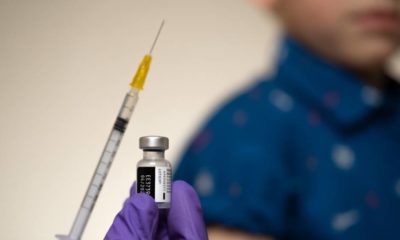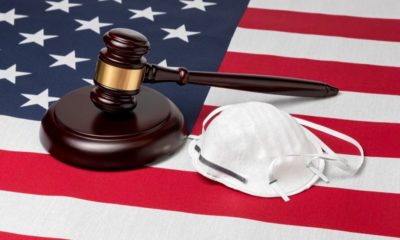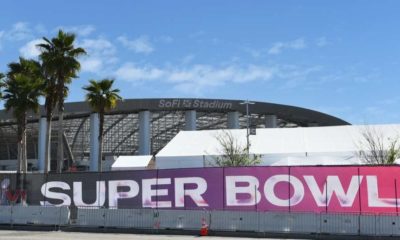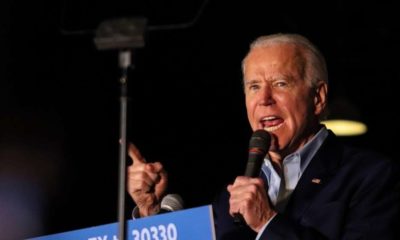Breaking News
Major Changes Coming to PPP

Washington is preparing to make several changes to the Paycheck Protection Program (PPP). This aims to better address the needs of cash-strapped businesses that are struggling to survive.
Demand for PPP loans is drying up. Also, the private sector has become largely critical of the program’s lack of flexibility. Currently, businesses must follow strict regulations in order to qualify for loan forgiveness. However, many business owners have complained that the program is too restrictive. It also doesn’t allow them to spend money in areas that need it most. Fortunately, it appears that DC is listening to the private sector’s concerns. This week, the government is expected to loosen some of the program’s restrictions in order to better suit the needs of the nation’s small businesses.
Initially, businesses had to spend 75% of their PPP funds on payroll expenses in order to have the loan forgiven. They also had only two months to spend the money. However, businesses that remained closes through the pandemic have complained that they cannot hire back staff at times when they don't operate. They also said that they need the money to cover their overhead costs in order to stay afloat.
New Requirements
Black and Latino business owners in the U.S. are struggling to get government assistance under the Paycheck Protection Program, a new survey has found, and many say they are on the brink of closing permanently https://t.co/QW3rma1aqE
— The New York Times (@nytimes) May 18, 2020
Now, the government is expected to loosen some of those requirements so struggling businesses can put the loans to use where they’re needed most. When the PPP was first conceived, policymakers didn’t realize that the pandemic would have such a prolonged effect on the economy. So, the initial guidelines have become cumbersome. “When we conceived the program, we thought businesses would be able to get up and running after eight weeks,” said Sen. Ben Cardin (D-MD), the ranking Democrat on the small business panel. He also said, “but now we know that’s not the case.”
So far, the government hasn’t released any specific guidance regarding the planned changes. However, spending restrictions are probably near the top of the government’s list. The Small Business Administration handles the PPP. However, Treasury Secretary Steve Mnuchin plays a major role in setting policies for the program. Last week, Mnuchin said that the government will make “technical fixes” to address the private sector’s concerns.
The government plans to make changes in two phases. First, SBA and Treasury are expected to release new guidelines for loan forgiveness. According to the Wall Street Journal, officials from the two agencies said the new regulations and guidance will be issued “soon.”
What's In Store?
Beyond the technical fixes issued from SBA and Treasury, the path forward is less certain. Broader changes to the program will likely require congressional approval. However, several ideas are floating around. One proposed change from the National Federation of Independent Businesses is asking Congress to expand the repayment period for non-forgivable loans from two years to five years. The NFIB also wants Washington to allow businesses to apply for more than one PPP loan if needed.
When the PPP first launched, the loans were in high demand. The program exhausted its initial $350 billion budget in just two weeks. However, three weeks have passed since the PPP received another $310 billion from Congress. According to SBA data, roughly 37% of that money is still available.
The developers of PPP initially designed it to help businesses keep employees on the payroll. It also helped to effectively reduce the burden on state unemployment programs. However, the program continues to evolve into a lifeline to help small businesses survive the prolonged economic paralysis caused by the pandemic. Hopefully, the new changes will help more businesses survive the home stretch so they can reopen when local lockdown orders loosen up.
Up Next:












